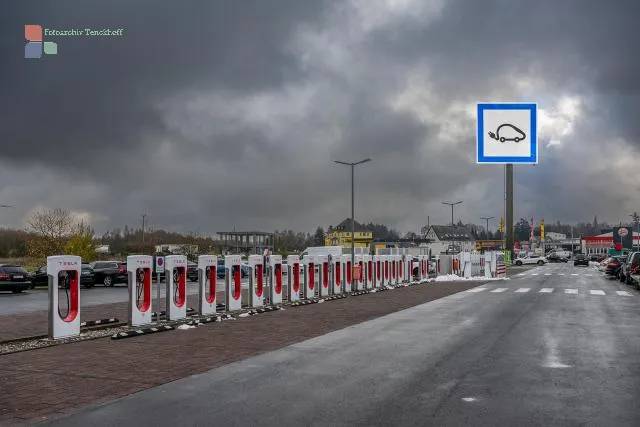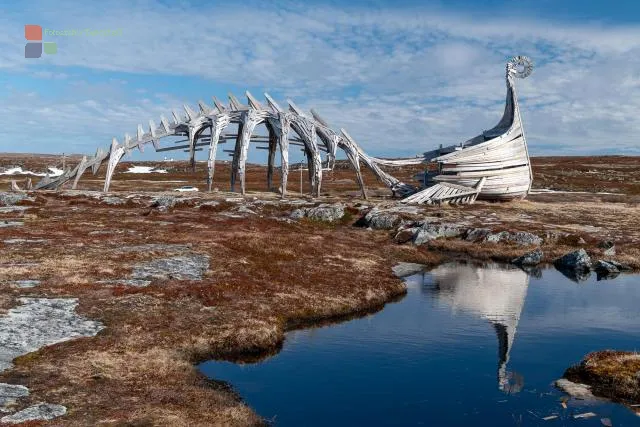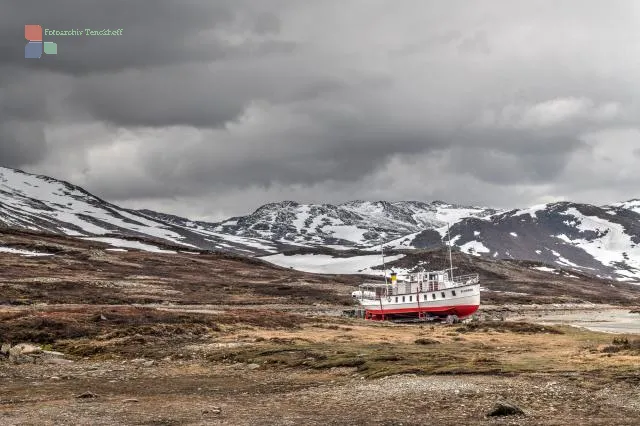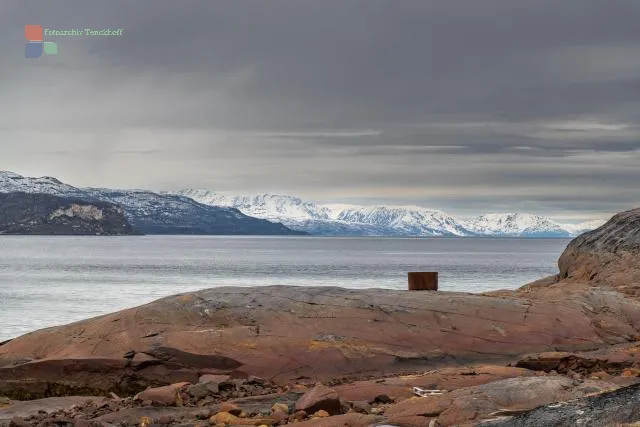ET 1/400 Sec.
The wonderful scenic route across the Valdresflye plateau is one of the 18 Norwegian Tourist Routes, which are maintained by the Norwegian State Roads Administration especially for tourism because of their picturesque landscape. There are parking and rest areas along the route and there are also vantage points at particularly impressive points.
In the Hjemmeluft area on the southern shore of the Altafjord in northern Norway, just west of the town of Alta, Neolithic and Bronze Age petroglyphs were found in the autumn of 1972, ranging in age from 2000 to 6500 years.
Petroglyphs (from Greek πέτρος petros "stone" and γλύφειν glýphein "to carve") are representations worked into stone, which often show hunting and religious scenes from prehistoric times. Unlike rock art, a petroglyph is engraved, scraped, or pecked, and sunk into the ground.
One of the highest concentrations of archaeological sites in the Nordic countries is at Ceavccageađge (Mortensnes in Norwegian) in Varanger. Ten thousand years as a meeting place for hunters, fishermen and traders have left traces of settlements in the landscape, some monumental but many often small and easily overlooked. A cairn is not always just a cairn.










